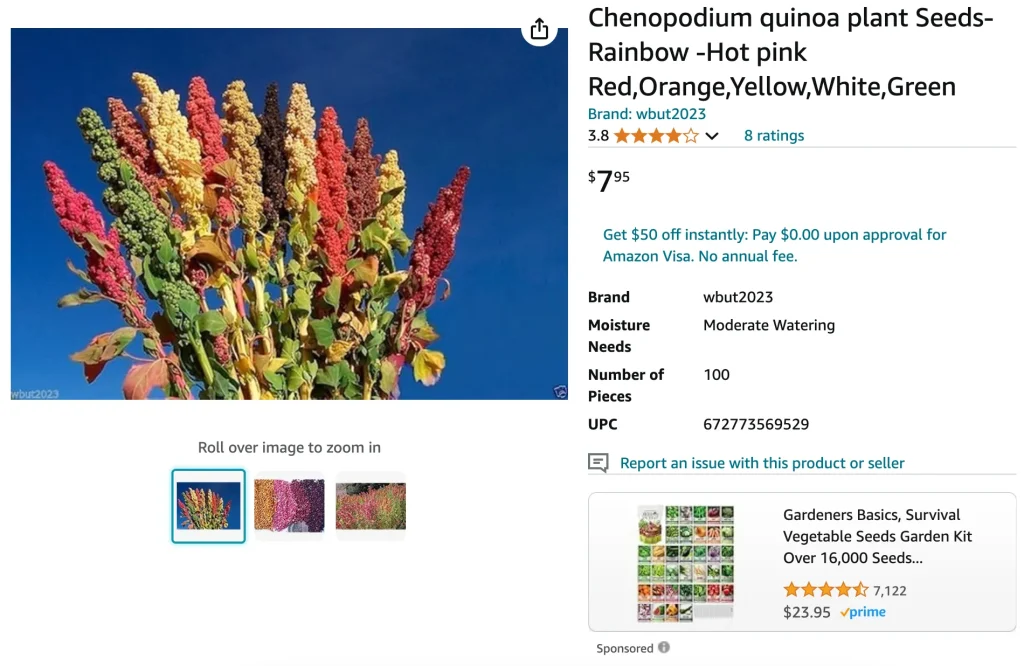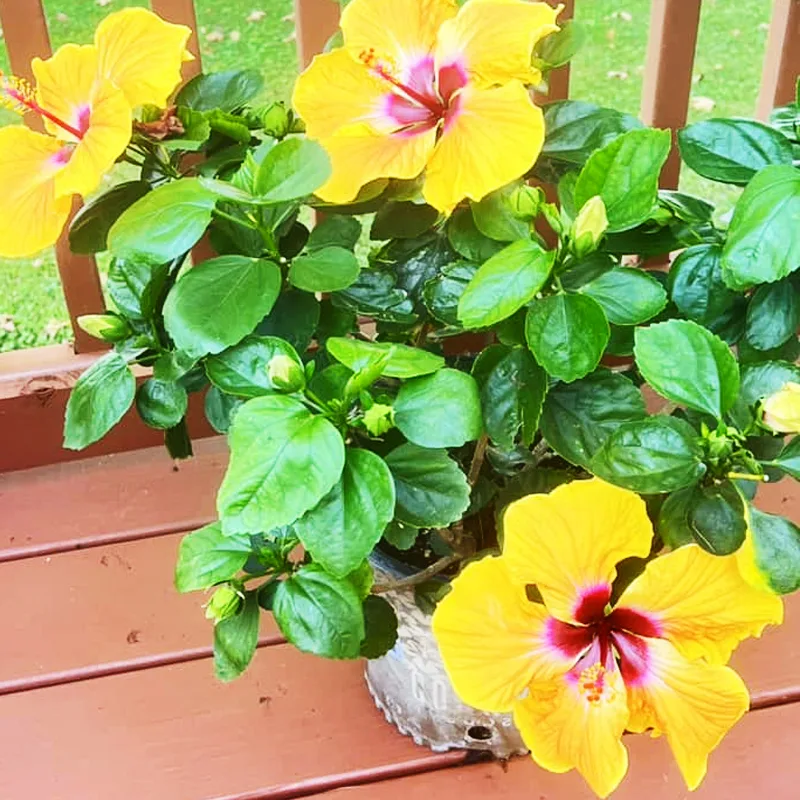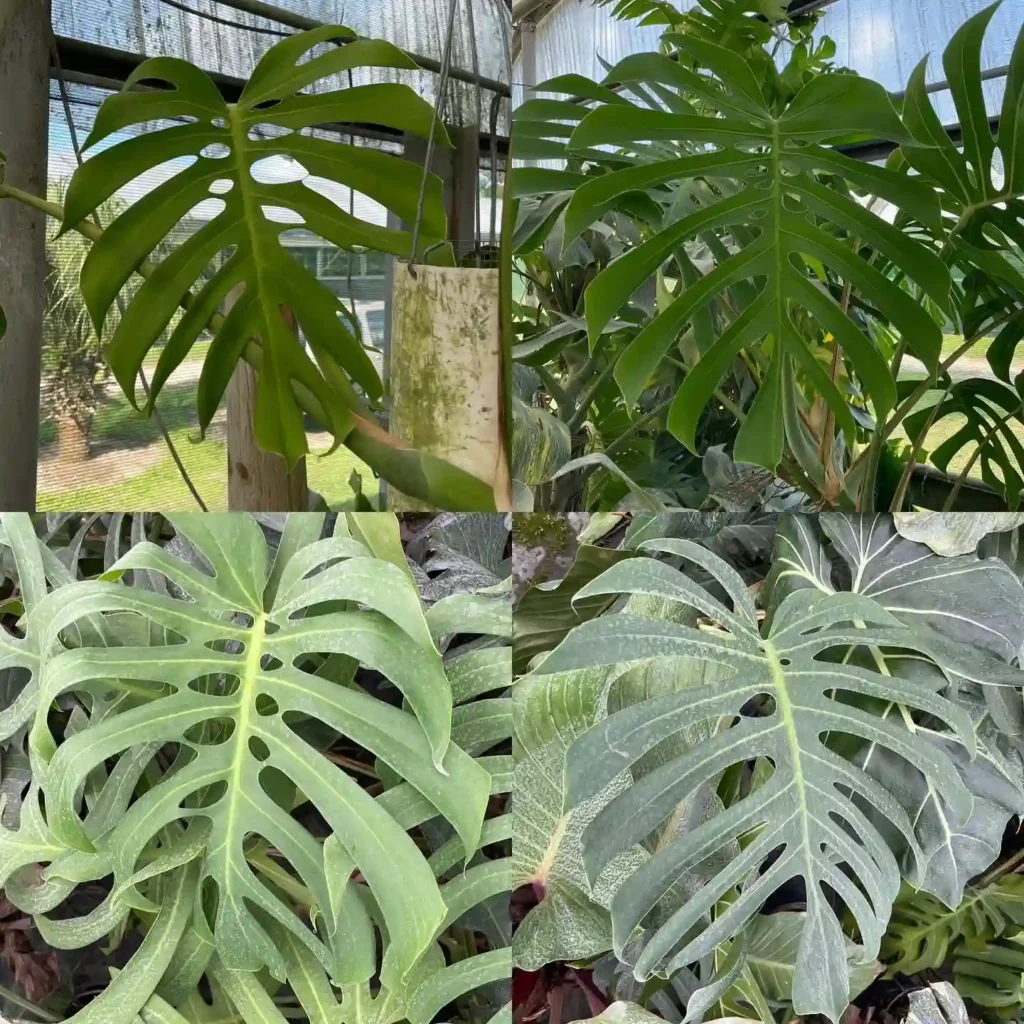
What is Chenopodium Quinoa?
Chenopodium Quinoa, often just called quinoa, is an ancient grain crop that has been cultivated for thousands of years, particularly in the Andean region of South America. The plant itself belongs to the amaranth family and is known for its edible seeds. Despite often being referred to as a grain, quinoa is technically a pseudo-cereal, which means it isn’t a true cereal like wheat or rice but is used in a similar way.
154 Species in Genus Chenopodium
What is Chenopodium Quinoa Good For?
Chenopodium Quinoa is celebrated for its high nutritional value. It’s rich in protein, fiber, vitamins, and minerals like magnesium and iron. What makes quinoa stand out is that it’s a complete protein, containing all nine essential amino acids, which is rare for plant-based foods. For those looking to boost their protein intake, particularly vegetarians and vegans, quinoa is an excellent option. It’s also gluten-free, making it a perfect substitute for those with gluten intolerance or celiac disease.
In addition to its nutritional benefits, Chenopodium Quinoa has a low glycemic index, which means it helps maintain stable blood sugar levels. This can be particularly beneficial for people with diabetes or anyone looking to maintain steady energy levels throughout the day.
What is Chenopodium Quinoa Seed?
The seeds of Chenopodium Quinoa are the edible part of the plant. They come in a variety of colors—most commonly white, red, and black—and each has a slightly different texture and flavor profile. White quinoa is the mildest in taste, red quinoa tends to hold its shape better when cooked, and black quinoa has the most robust flavor.
Quinoa seeds are versatile and can be used in many dishes, from salads and soups to side dishes and even desserts. Before cooking, it’s essential to rinse the seeds thoroughly to remove their bitter outer coating, called saponin, which can make them taste soapy or unpleasant if not removed.
What is Chenopodium Quinoa Seed Extract?
Chenopodium Quinoa Seed Extract is derived from the seeds and is often used in skincare products due to its nourishing properties. The extract is packed with amino acids, antioxidants, and vitamins that can help protect and repair the skin. It’s known to boost hydration, reduce inflammation, and even support skin elasticity.
Quinoa seed extract is becoming increasingly popular in natural and organic skincare lines due to its gentle yet effective benefits. It’s often found in moisturizers, serums, and hair care products designed to nourish and protect.
How to Care for Chenopodium Quinoa?
Chenopodium Quinoa is relatively easy to grow, even for novice gardeners. The plant prefers well-draining soil and can tolerate poor soil conditions. Quinoa is drought-tolerant but thrives with moderate watering, especially during the flowering and seed-setting stages. It’s best to plant quinoa in full sun, as it enjoys warm temperatures but can also tolerate cooler weather, making it versatile across various climates.
How to Propagate Chenopodium Quinoa?
Quinoa is propagated by seeds. If you want to grow your own quinoa, you can sow the seeds directly in your garden after the last frost date. The seeds should be planted about 1/4 inch deep, with plenty of space between rows as the plants can grow up to six feet tall. Once the seeds sprout, you can thin them out to prevent overcrowding.
Harvesting quinoa is fairly simple—wait until the leaves have fallen off and the seed heads have dried out. At that point, you can cut the seed heads, dry them further, and then thresh the seeds to remove them from the chaff.
What to Plant With Chenopodium Quinoa?
Quinoa grows well with companion plants that help deter pests and support its growth. Beans, for example, fix nitrogen in the soil, which can benefit quinoa’s nutrient needs. You can also plant quinoa alongside herbs like basil and marigolds, which repel common garden pests.
Can You Grow Chenopodium Quinoa Indoors?
While Chenopodium Quinoa is typically grown outdoors due to its size and need for sunlight, it is possible to grow it indoors if you have the right setup. You’ll need a large container with well-draining soil, plenty of sunlight (or grow lights), and a room with consistent temperature control. Indoor-grown quinoa may not yield as large a crop as outdoor-grown, but it’s an interesting experiment if space permits.
Is Chenopodium Quinoa Toxic?
Chenopodium Quinoa is generally safe to eat, but the seeds have a natural coating of saponin, which can be toxic if consumed in large amounts. However, this bitter coating is easily removed by thoroughly rinsing the seeds before cooking. Saponins are a defense mechanism for the plant to deter pests and birds, but they don’t pose any significant risk to humans if properly prepared.
What Are the Benefits of Chenopodium Quinoa?
The health benefits of quinoa are vast. It’s rich in antioxidants, which help protect cells from oxidative stress and inflammation. The high fiber content supports digestive health, while its complete protein profile makes it a standout for muscle building and repair. Quinoa is also beneficial for heart health due to its good levels of magnesium and potassium, which help regulate blood pressure.
Common Problems Growing Chenopodium Quinoa
Though quinoa is relatively low-maintenance, it can face some challenges in the garden. Pests like aphids and leaf miners may attack the plant, and birds love quinoa seeds, so you might need to cover your plants with netting as they start to mature. Additionally, quinoa can be sensitive to extreme heat or frost, so timing your planting is key for a successful harvest.
How Does Chenopodium Quinoa Compare to Other Similar Plants?
Chenopodium Quinoa is often compared to amaranth, another pseudo-cereal. While both plants are nutrient-dense and easy to grow, quinoa tends to be higher in protein. Amaranth, on the other hand, contains more iron and is sometimes more heat-tolerant. Both can be used similarly in cooking, making them versatile options for those seeking healthy alternatives to grains like rice or wheat.
In conclusion, Chenopodium Quinoa is a nutritional powerhouse with a wide range of uses. Whether you’re looking to add it to your diet or experiment with growing it at home, quinoa offers many benefits that make it a worthwhile addition to your lifestyle.
If i die, water my plants!



